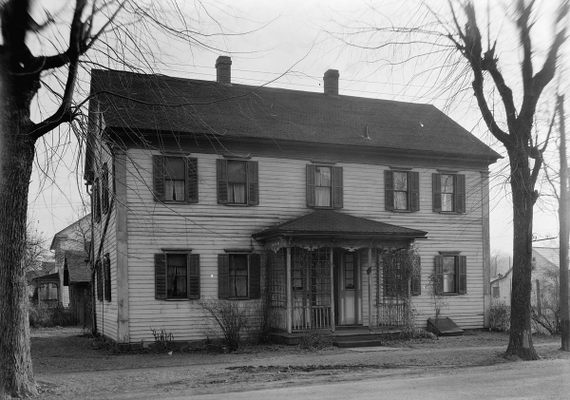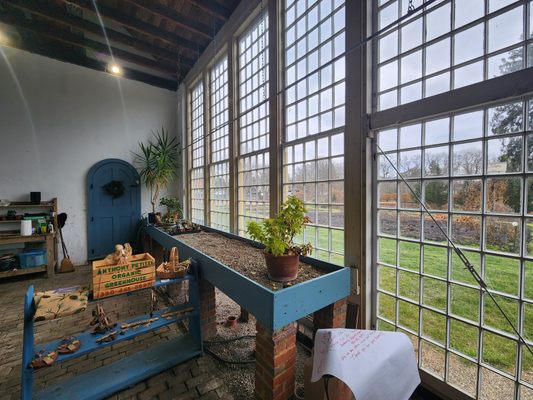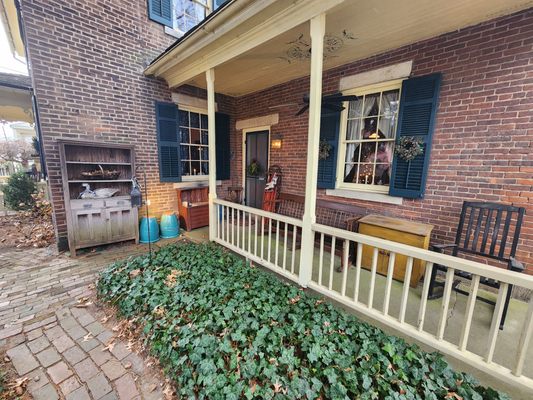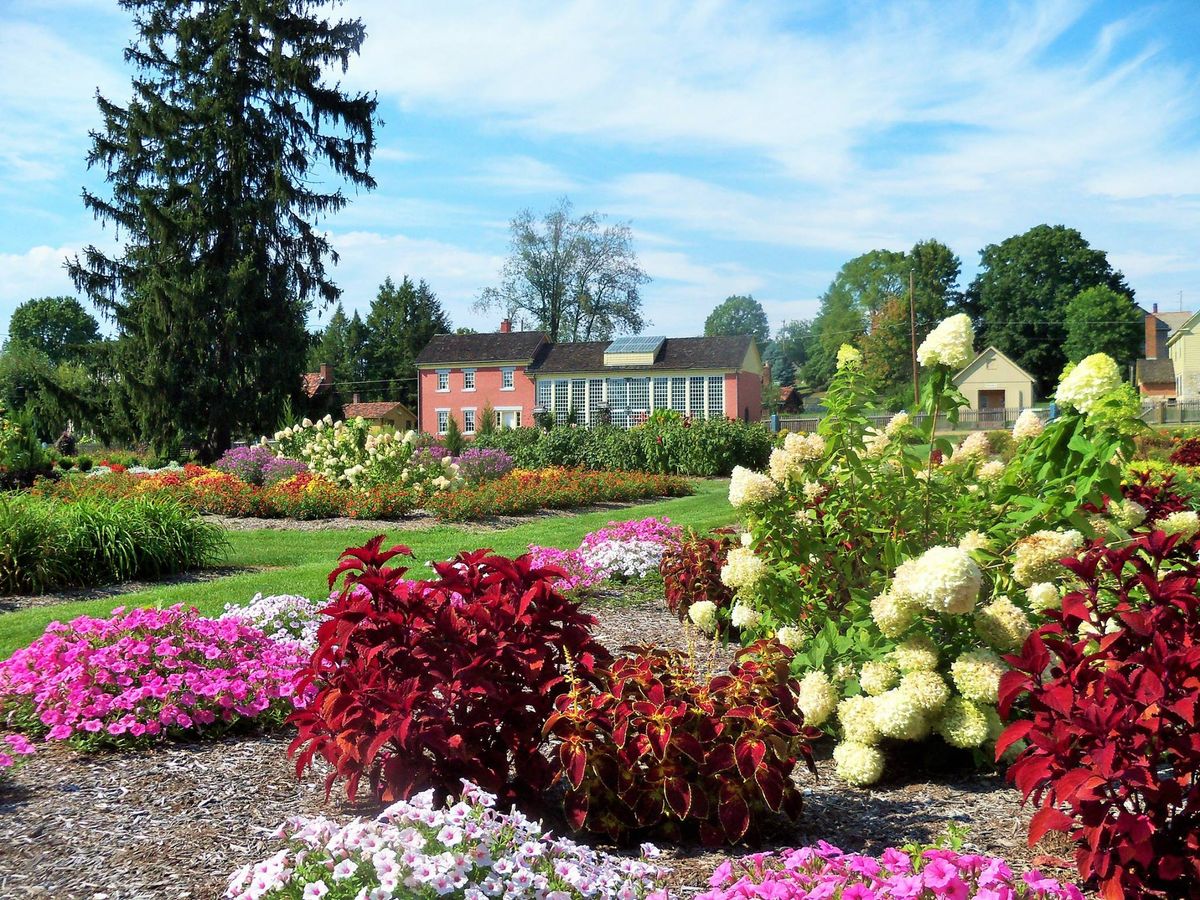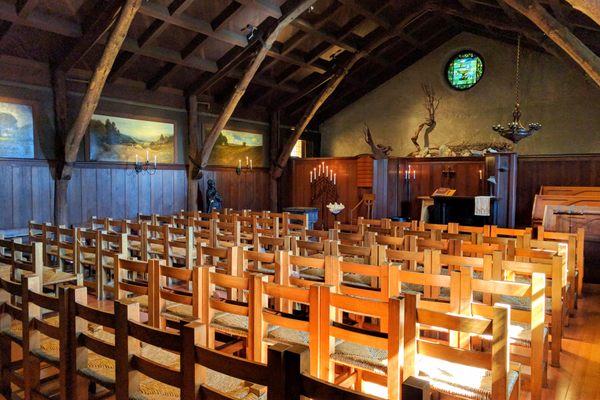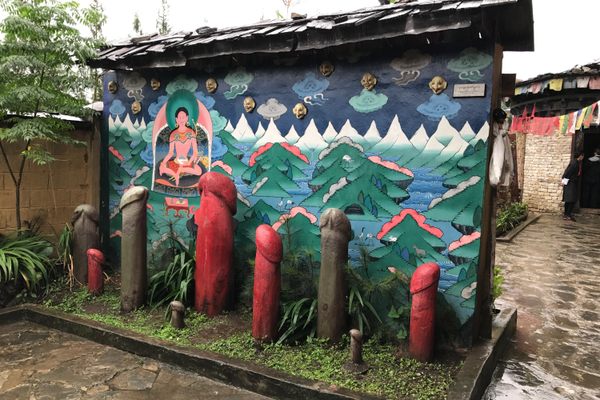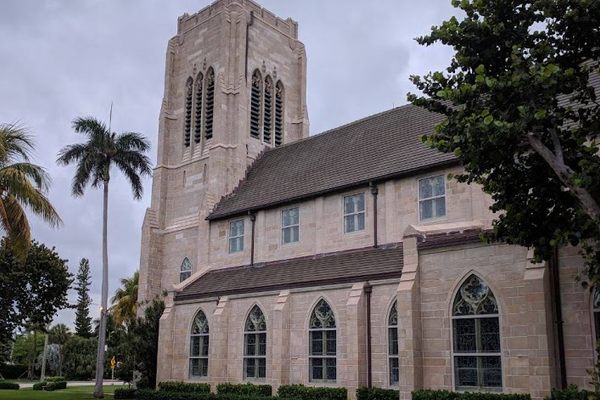About
The Society of the Separatists of Zoar, aka “Zoarites,” arrived in Ohio in 1817, having fled religious persecution in Germany (Zoar is the Biblical town where Lot took his family when they fled Sodom; it means “place of refuge.”) They wanted to practice a simpler form of Christianity than the state-mandated religion, Lutheranism, offered.
Two years later, realizing they needed to band together to survive, the refugees created a communist micro-society with communally owned property and work assignments based on the needs of the village.
The Zoarites spent a significant part of the 1820s helping to dig seven miles of the Erie Canal to help pay off their debts from the initial purchase of the land. The village was conveniently located on two railways, which brought many visitors and tourists.
As time distanced the residents of Zoar from the reasons for its initial founding, Zoarites became less attached to their communal ways, and voted to abandon them in 1898. To this day, though, it maintains its old world charm for tourists. Many of the German-style buildings have been restored as museums, and the historic district is listed on the National Register of Historic Places.
Among the interesting things to see in Zoar, which include an art museum and a large Georgian mansion called the “King’s Palace,” one of the highlights is the Zoar Garden and Greenhouse, a large garden in the center of town with trees representing Jesus Christ and the Apostles. It dates back to the town’s founding, and is said to be based on the Book of Revelation in the Bible.
Related Tags
Community Contributors
Added By
Published
June 7, 2017
Sources
- https://historiczoarvillage.com/explore/take-a-virtual-tour/
- https://en.wikipedia.org/wiki/Zoar,_Ohio
- https://www.ohiohistory.org/visit/museum-and-site-locator/zoar-village
- http://www.cleveland.com/travel/index.ssf/2017/05/historic_zoar_ohios_one-time_c.html
- http://www.ohio.org/destination/art-exhibitsexhibitions/zoar-village

